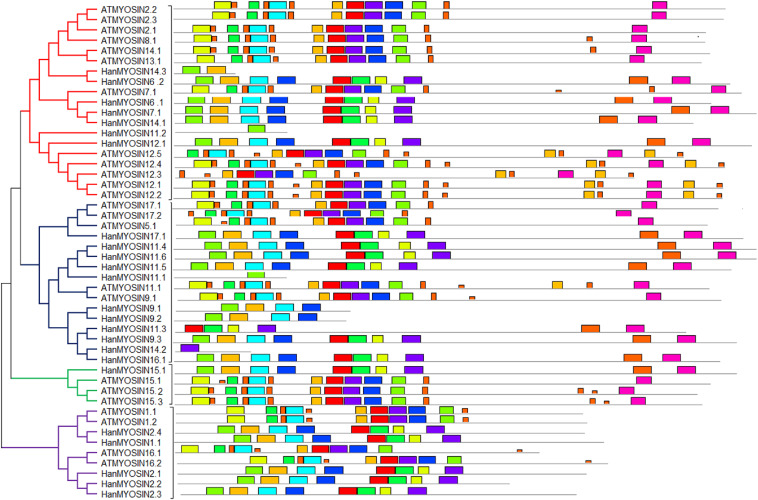Breadcrumb
Filter by

Genome-wide comparison and identification of myosin gene family in Arabidopsis thaliana and Helianthus annuus

Biochemical and genotyping analyses of camels (Camelus dromedaries) trypanosomiasis in North Africa

Phylogeographic and population genetic structure of hound-like native dogs of the Mediterranean Basin

Can Micro RNA-24 Affect the Cardiovascular Morbidity in Systemic Lupus Erythematosus by Targeting YKL-40?

Prognostic significance of the genetic variant of lymphotoxin alpha (p.Thr60Asn) in egyptian patients with advanced hepatocellular carcinoma
Association between long noncoding RNA taurine-upregulated gene 1 and microRNA-377 in vitiligo
Background: Taurine-upregulated gene 1 (TUG1) is one of the long noncoding RNAs (lncRNAs) that plays a role in melanogenesis. MicroRNA-377 (miRNA-377) is a conserved noncoding RNA that regulates angiogenesis and promotes oxidative stress. Peroxisome proliferator-activated receptors (PPARs) are components of the nuclear hormone receptor superfamily. PPAR-γ activators stimulate melanogenesis

Salinity stress reveals three types of RNA editing sites in mitochondrial Nad7 gene of wild barley both in silico and in qRT-PCR experiments
Cellular respiration is an important process performed by mitochondria. Nad complex is the major complex involved in this process and one of the main subunits in this complex is the nad7 (nad dehydrogenase subunit 7). In Hordeum vulgare subsp. spontaneum, four nad7 cDNAs are described at 500 mM salinity, 0 h, or control (GenBank accession no. MW433884), after 2 h (GenBank accession no. MW433885)

Nandrolone decanoate safely combats catabolism in burned patients: A new potential indication after recall

Support for increased cardiovascular risk in non-segmental vitiligo among Egyptians: A hospital-based, case–control study
Background: Data have been accumulating in the past few years that identify vitiligo as a disorder with systemic implications. Results and methods: In this hospital-based, cross-sectional, case–control study, 50 patients with non-segmental vitiligo and 50 age- and sex-matched controls underwent analysis of serum lipid profile, oxidative stress biomarkers and carotid duplex. Hydrogen peroxide (H2O2

